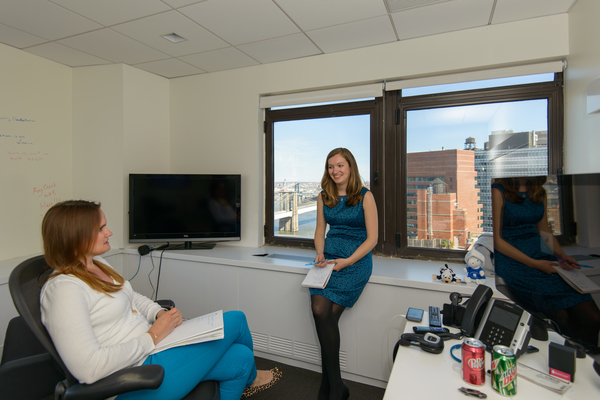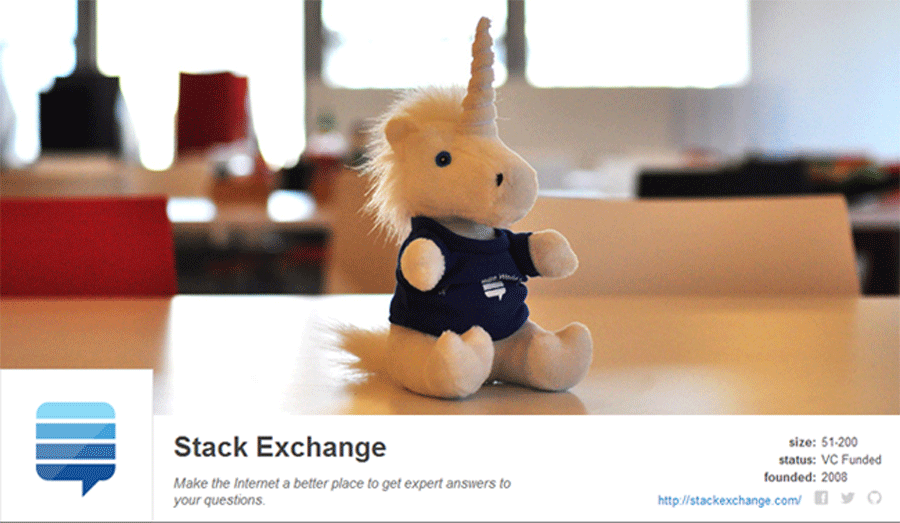Trying to hire a software developer? Join the club. At last count, there are about 4.5 job listings for every job-seeking developer. So even if you’re posting your listing in the right place, using the same job listing that’s failed on 5 other job boards still won’t find you the ideal candidate. It’s not enough to just use the right job board – you have to target your approach based on the candidates you’d like to hire.
As an account manager for Careers 2.0, I see the following scenario happen time and time again: Companies buy a slot on our job board, post the same unsuccessful listing they’ve been using elsewhere, and suddenly expect better, top-notch results. While it’s true that being in front of the right audience is a very important first step (if not the most important step), your listing won’t entice any candidates unless you connect with that audience, brand yourself properly, and appeal to the interests of the community.
When I think about best branding practices, I imagine how I would sell my new beer at a craft beer festival. To start, I would tell everyone at the festival all the little details about my new, delicious beer. I’d be sure to describe the intricate brewing process, the high alcohol volume, the intricate flavors, the brilliant way it pairs with a medium rare filet, and how the hops give each sip a real citrus pop. By the time I’m through with my target audience, they would really want to try my beer. Would everyone love my beer? Of course not. But I would be confident knowing that at least I piqued their interest enough to try it—and those who like it would hopefully become lifetime customers.
By talking about my beer in a way that’s both unique and personal, it’s easy to get noticed by my target audience of people who want my beer know where to go to get it. But even beyond learning about the ingredients or the brewing process, showing that level of detail expresses passion for my craft. And passion for a product or brand is not just something you need from your CEO—it’s something you need from your customers, your employees, and in job applicants.
Think about this same tactic the next time you’re ready to post a job listing. If you’re posting on our site, you’re putting yourself in front of 22 million developers, so give this targeted audience the details they want! Developers have their choice of jobs, so you need to really sell your company and your job opportunity. Before you post your listing, make sure it answers all of these questions:
- Why should someone want to come work for you?
- What sort of perks do you offer?
- Will they have the chance to work with other smart people?
- What type of technology will be used?
- What type of environment will they be working in?
- What will a typical day at your company be like?
We’ve done the research, and we know that developers want to know these nitty-gritty details before they apply for a job just like you’d want to know what food to pair with your beer. So target your next job posting to the kind of candidates who would geek out about your product, your brand, and your development process. You’ll increase your success among active candidates and also start attracting the passive job-seekers who use Stack Overflow every day.
Looking for more ways to distinguish yourself among other companies who need developers? Sign up for a free company page to show off your office with extra-large photos, describe why you love your tech stack, and link to the Careers 2.0 profiles of your own developers who made it all happen.











